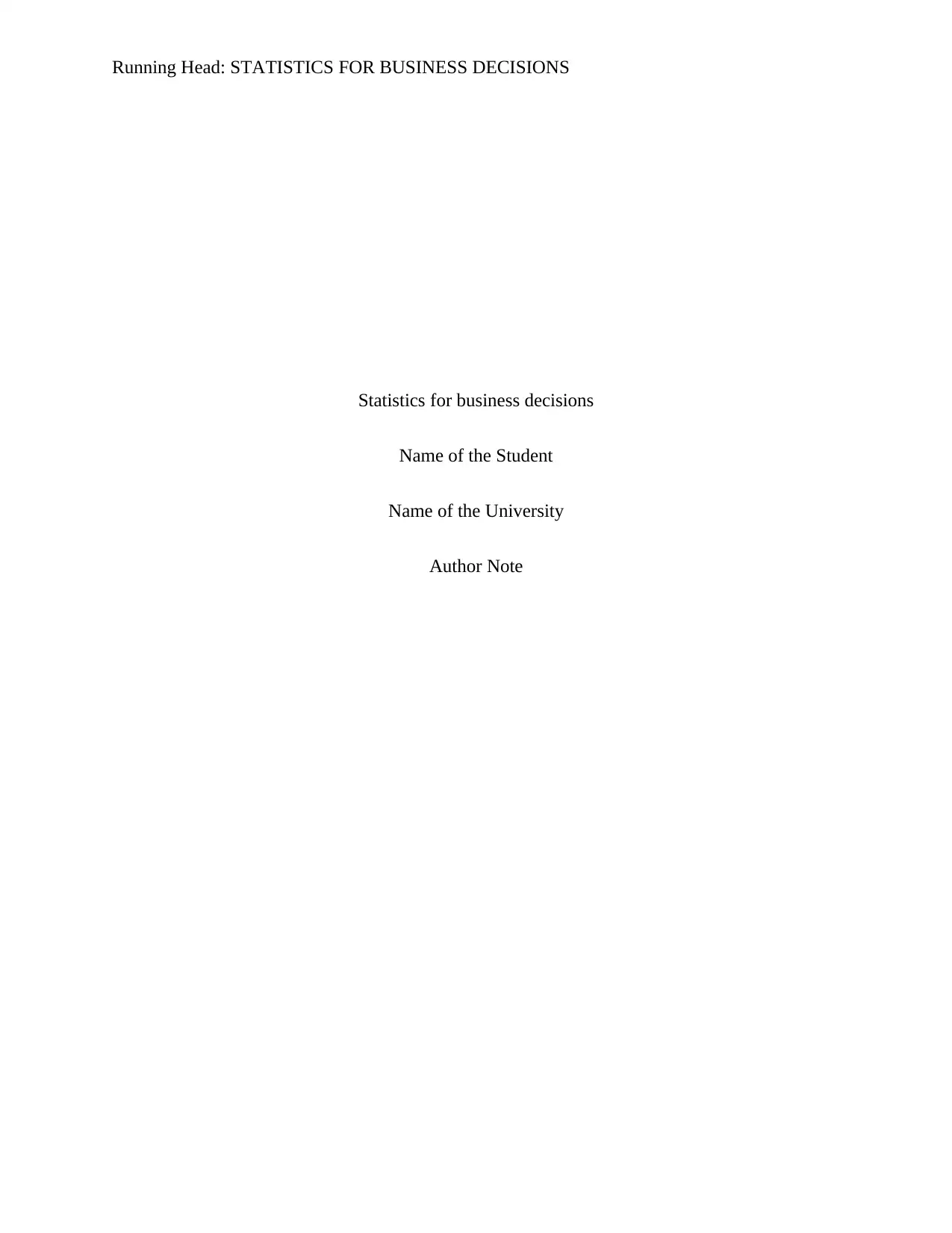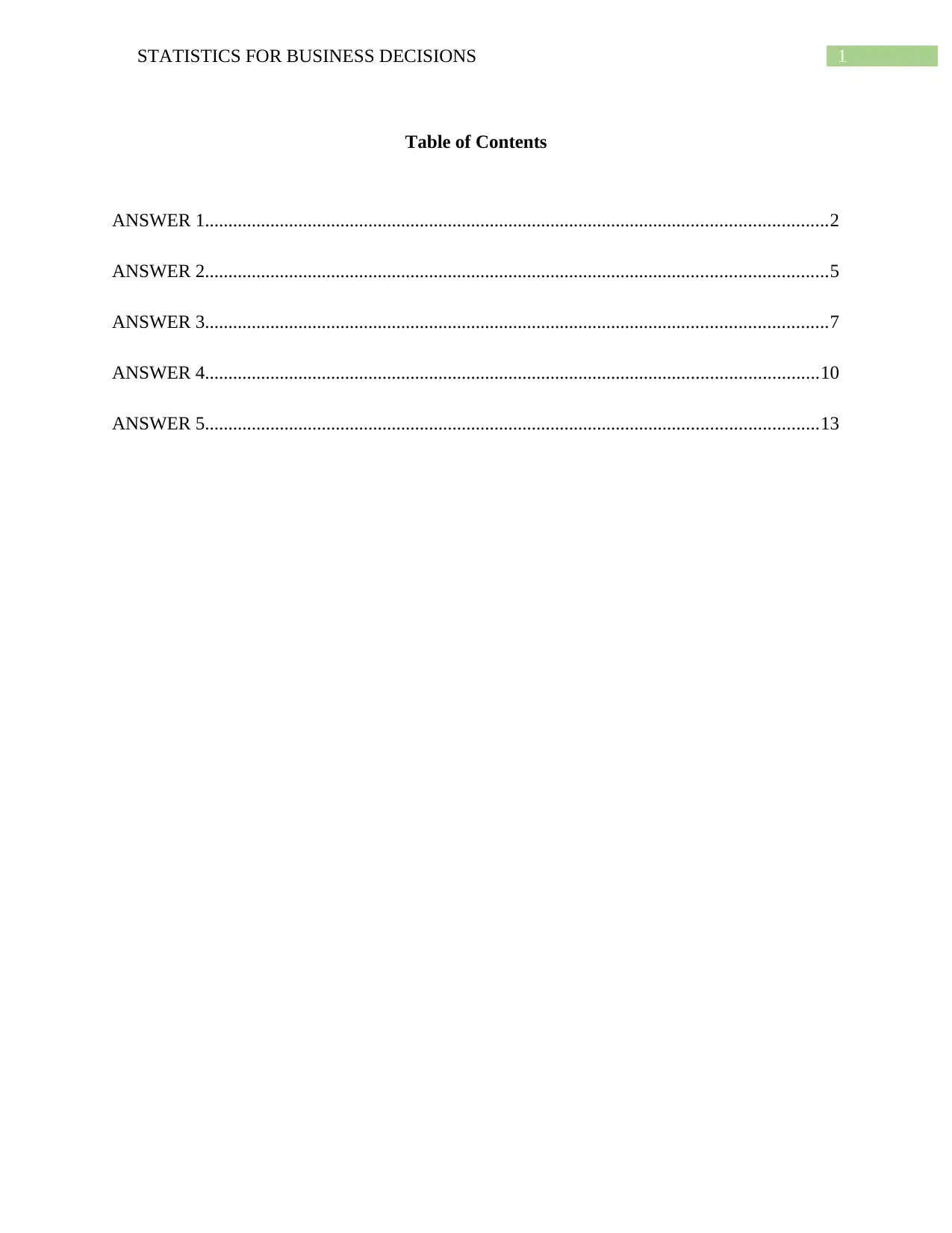Statistics for Business Decisions: Comprehensive Analysis Assignment
VerifiedAdded on 2021/05/31
|7
|661
|194
Homework Assignment
AI Summary
This document presents a comprehensive solution to a business statistics assignment. It begins with frequency distribution analysis, including calculating relative and percentage frequencies and interpreting a histogram to determine skewness and the appropriate measure of central tendency (mean or median). The assignment then delves into ANOVA (Analysis of Variance), interpreting results to determine statistical significance and the relationship between variables like demand and unit price, calculating the coefficient of determination and correlation. Further analysis involves multiple regression, establishing the relationship between a dependent variable (Y) and two independent variables (X1 and X2), interpreting coefficients, and conducting hypothesis tests for the significance of each independent variable. The solution includes practical application by predicting the number of mobile phones sold based on given price and advertising spots, providing a complete and detailed understanding of the statistical methods and their applications in business decision-making.
1 out of 7











![[object Object]](/_next/static/media/star-bottom.7253800d.svg)